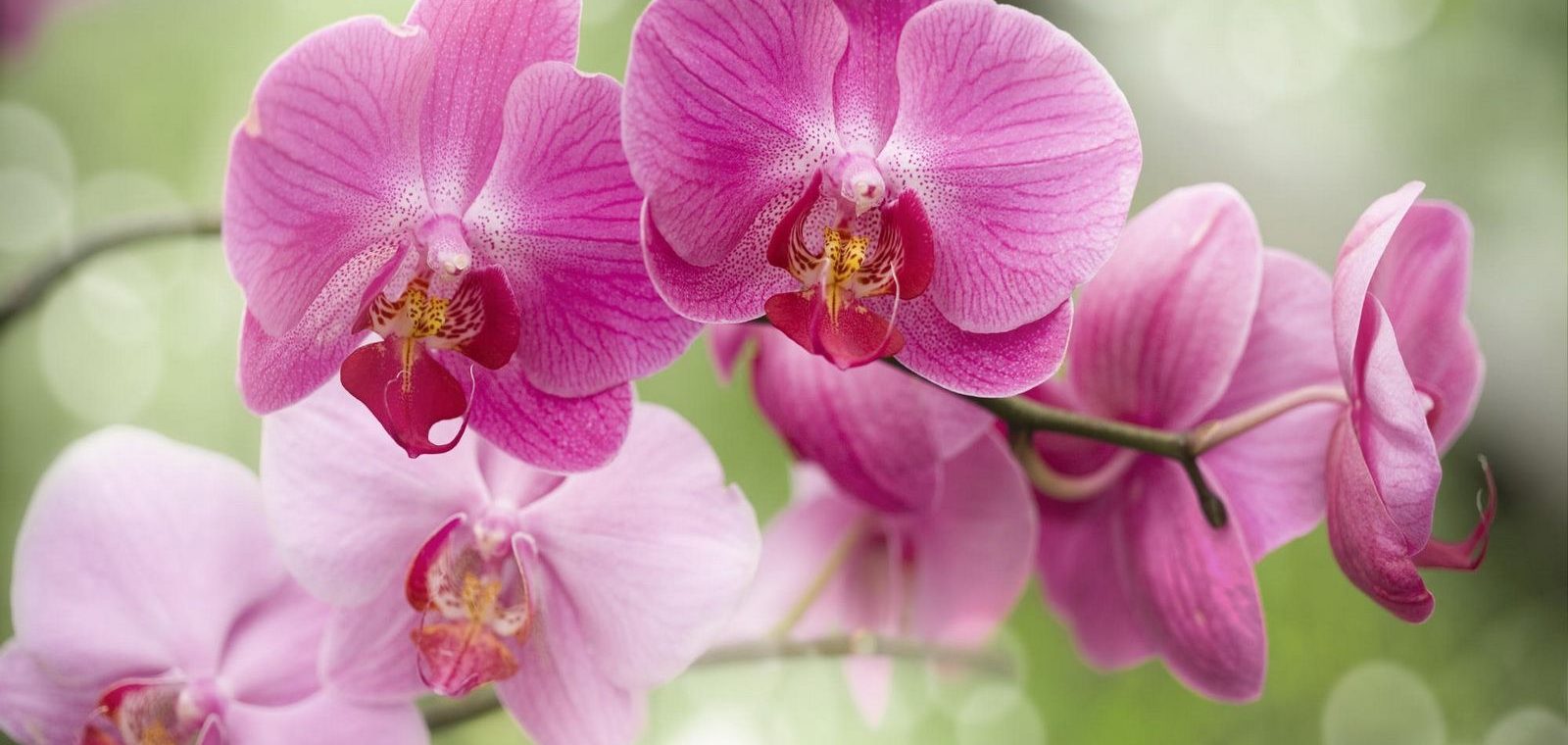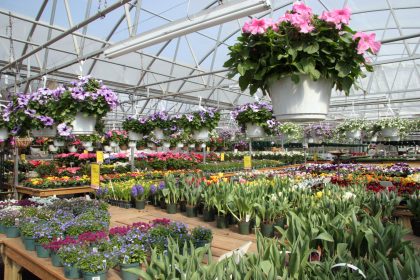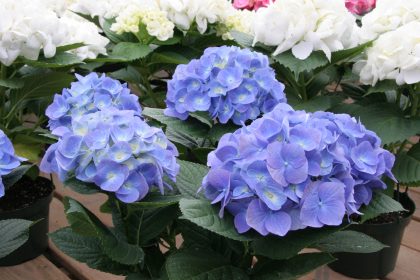Water – How often you water depends on the potting medium used with your plant. Bark retains less water, therefore watering once a week should be efficient. If your plant is potted in moss, water when the top feels dry. Light and heat will also affect how much water your plant needs. Summer months will require more frequent watering, the winter will require less. You can also tell if your plant needs water based on its weight. If your plant is very light, water. If you’re unsure whether to water, wait a day to be safe. It is best to water in the morning. Place the plant in the sink and use tepid water, let the water run through the plant for a minute or so. Let the plant drain completely.
Light – Orchids like low light, growing best in east windows. They can also be grown in south or west windows if protected by a sheer curtain. The leaves should be an olive green, if darker then the plant is not getting enough light. If the leaves are red tinged, it means the plant is getting too much light. Once the plant is in bloom, you can place it anywhere in your home out of direct sunlight. If your plant does not rebloom, increase the amount of light it receives.
Temperature – Orchids enjoy the same temperature as us! Above 60* F at night, and a range of 70*F to 80*F or higher during the day. Fluctuating temperature can cause bud drop on plants with buds ready to open.
Fertilizer – Any balanced orchid fertilizer can be used on your orchid. Feeding weakly (half strength) weekly works well also. Once a month, use clear water to flush any accumulated salts from the potting mix.
Humidity – Use a shallow tray of pebbles filled with water to increase humidity around your plants. Be sure the pot does not sit in water; this will rot the roots.
Cutting the spike – When the blooms are finished, you can cut the spike down to the level of the leaves and the plant will blooms with larger flowers and a strong stem within a year. You can also cut off the stem leaving two nodes (little brown lunes on the stem below where the flowers were) on the stem. Continue watering and fertilizing while you are waiting for the bloom cycle to begin again. Repotting is typically done between one to three years.



